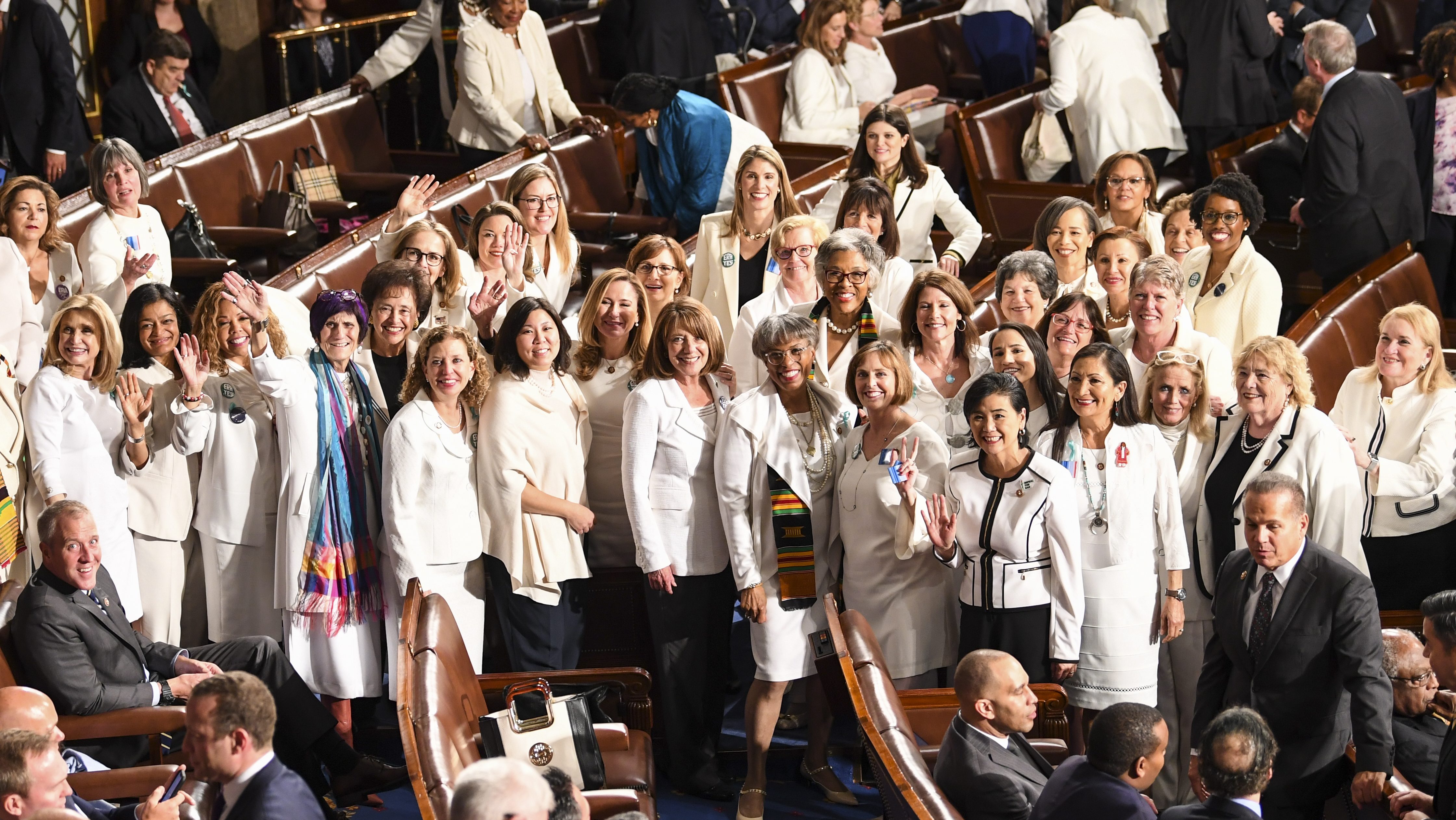The milestones of adulthood for today's millennials: economic security and finishing school — not rushing to get married and have a family.
And once they are married, young women in America are less likely to see homemaking as a career.
The share of young women 25 to 34 who opted to forgo outside employment in favor of managing a household plunged from 43 percent in 1975 to just 14 percent last year, according to the Census Bureau. Census demographers believe that number could be among the lowest on record.
It's part of a long-running trend of higher educational attainment for women but also a reflection of changing attitudes among Americans.
"We see more young women who have a college degree and are in the labor force, and they are waiting to get married and have kids," said Jonathan Vespa, a demographer at the Census Bureau. Demographers found changing U.S. sentiment in which more than half of Americans now believe marrying and having children are not important signs of reaching independence.
More young adults than before are focusing first on receiving a bachelor's degree or higher and securing a job. They are still actively pursuing romantic relationships but opting to cohabitate or court mates while living with mom and dad.
The findings were part of a census report released Wednesday tracking the changing economics and demographics of young adults from 1976 to 2016, with a focus on the current generation of 25 to 34 year olds, known as millennials.
U.S. & World
The day's top national and international news.
Many analysts had expected that as the economy improved, younger adults would increasingly move out on their own, either living independently or starting families. But that hasn't happened.
Vespa said educational gains for women in particular have led to broader changes as to how Americans view work and family.
Some things to know:
MARRIAGE ON HOLD BUT ROMANCE CONTINUES
Young adults may be delaying marriage but that doesn't mean they aren't finding love.
Since 1975, young people living with a boyfriend or girlfriend jumped more than 12 times, from less than 1 percent to 9 percent last year. It's part of a growing cohabitation trend of couples living together before marriage.
Not only are they living together, but they are doing so at around the same age that previous generations would marry.
Since the 1980s, the age when people cohabitate has remained steady at 22 while the age of marriage has risen from 22 to 27 for women.
Still, by and large, young adults were more likely to be living with mom and dad last year.
About 23 percent lived with their parents, compared to 20 percent who were living with a spouse.
SOME MEN FALLING BEHIND
Women are making some gains in the labor force.
While the share of young men in the workforce is largely unchanged from 1975 at 84 percent, the level of young women working rose from 50 percent to 70 percent.
In addition, four decades ago almost all young women who chose not to work cited "taking care of home and family" as the main reason. But by 2016, less than half of young women who were out of the labor force were homemakers.
Meanwhile, more young men are falling to the bottom of the income ladder. In 1975, 25 percent of young men ages 25 to 34 had incomes of less than $30,000 per year. But by 2016, the share of lower income male earners had risen to 41 percent.
Women saw some economic gains, with median income of working women aged 25 to 34 rising from $23,000 to $29,000. Among higher income earners of $60,000 or more, the share of women grew from 2 percent to 13 percent. Still, the median income of young women remains $11,000 lower than the income of young men.



